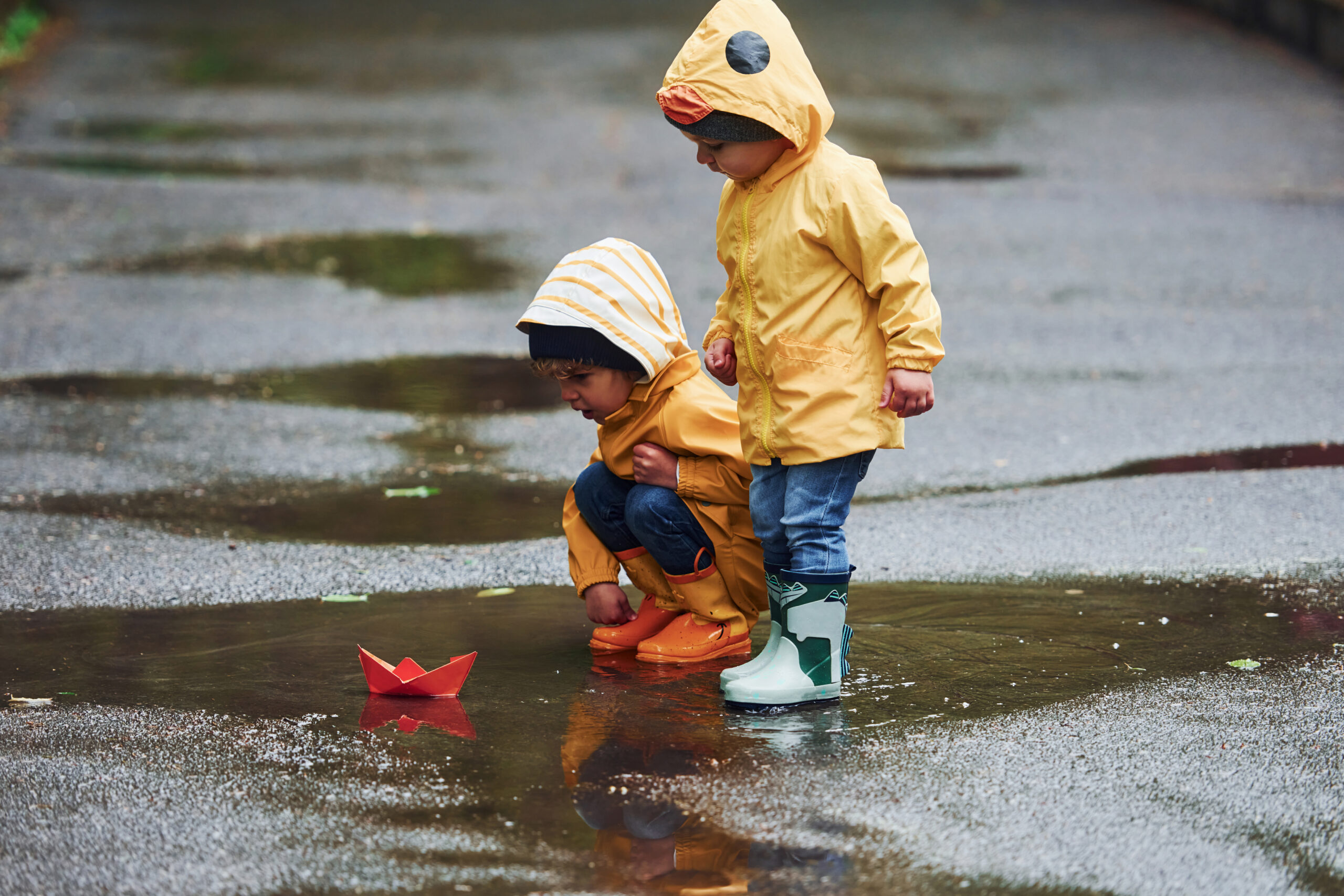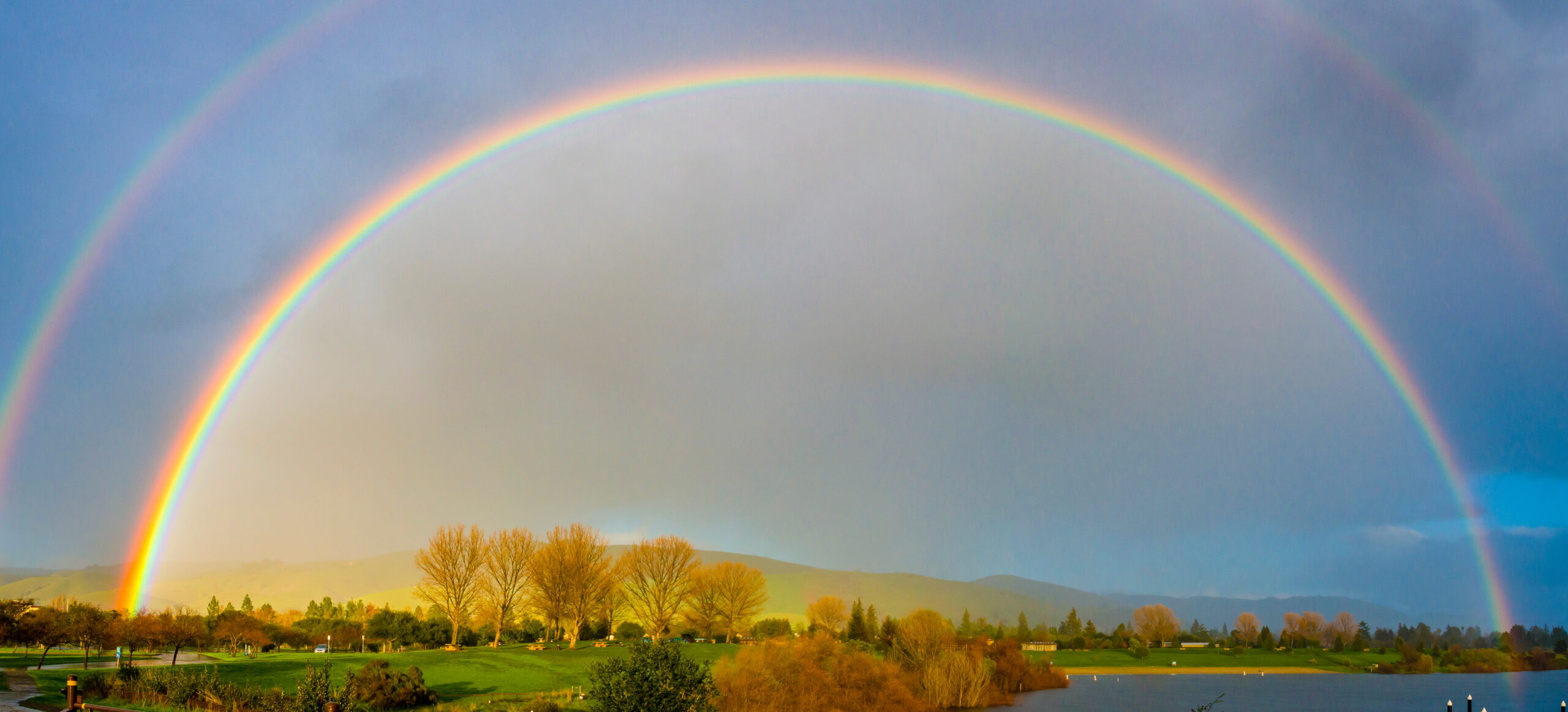“March winds and April showers bring forth May flowers”, goes the old British proverb. The term was even (almost) used in Geoffrey Chaucer’s Canterbury Tales in the 1300s: “Whan that Aprill with his shoures soote”.
The idea of “April showers” is ingrained in the nation’s cultural consciousness as a symbol of spring and nature’s renewal. These phrases date back to times when knowing planting dates for crops was essential to most people, yet such weather lore was the only forecast available.
But what exactly is an “April shower”, and how are they affected by climate change? As a meteorologist – specifically a rainfall scientist – I’m interested in applying modern science to answer questions such as these.

In Britain, Ireland – and indeed much of coastal northern Europe – the weather in April really can be very variable. Though showers are the “classic” weather, the month can bring almost anything from fog, hail, thunder, snow, biting cold frosts and drizzly days.
What are we going to define as April showers? I don’t think it is fair to restrict the definition to April, as a shower on March 31 isn’t really any different to one on April 1. That’s especially relevant in a world where the climate has changed since the expression came about – for instance, scientists at Cambridge recently showed that the first flowers occur almost one month earlier than they did before 1986.
Perhaps we could instead think of April showers as springtime showers, characterised by intermittent patterns where it is sunny then a few minutes later it’s raining, possibly rather hard, yet ten minutes later it’s sunny again. The same showers can be very localised, sometimes only a few kilometres across. You might get hit by a heavy shower, yet your friend at the other end of the road remains dry.
“Scattered showers” or “sunshine and showers” are expressions often used, and often criticised, in weather forecasts, but they really do mean small-scale showers – and, at least for now, forecasts of their specific locations just aren’t possible.
What causes April showers
Meteorologically, April showers are caused by convection, the well-known process by which “hot air rises” within the atmosphere. By spring, it is quite noticeable how much warmer it is in the sun than the shade. The mid-April sun is actually as strong as that in late August.

The sun’s energy mostly passes through air and instead heats the surface. With hotter air at surface level than higher up, the atmosphere becomes unstable. Warm air on the ground moves rapidly upwards, producing rain clouds and precipitation.
The strength of this process and how far up that newly warmed air reaches, determines the strength of the shower. In summer, when there is already more energy in the weather system, showers are often more intense and less widespread. For spring showers, the sun is adding energy to a cooler system, which means less energy is needed to trigger convection. So while showers are less intense than during summer, they tend to happen more often.
This is at least partly why the month of April has the lowest average rain per wet day of the whole year – it has lots of rainy days, but fewer of the long downpours you might see in other seasons. However April is getting wetter over time, at least in terms of overall rainfall (the number of rainy days is almost unchanged).
Climate change means more intense showers
One of the major drivers of spring showers is the jet stream, a band of very strong winds around 10km above sea level that controls the weather we experience on the ground.
In the spring, the jet stream moves northwards, which can bring rather unsettled weather – the cause of those March winds in the proverb. The other effect is increased passage of weather fronts that usually bring bands of rain, which can lead to conditions rife for scattered convection.
The other significant factor is that the sea around the UK is still cold in spring, while the land (which always changes temperature faster than sea) has already begun to warm up. This means that convection (and hence showers) happens more over land.
Climate change continues to alter global weather patterns, and as a result the future of April showers is less certain. A warmer world means April showers are likely to occur earlier in the year, and be more intense though perhaps less widespread. But droughts will also happen more often. Extreme weather is becoming more frequent, and more extreme – and April showers are unlikely to be an exception.
Rob Thompson is Postdoctoral Research Scientist and Teaching Fellow in Meteorology at the University of Reading.
This article is republished from The Conversation under a Creative Commons Licence.
